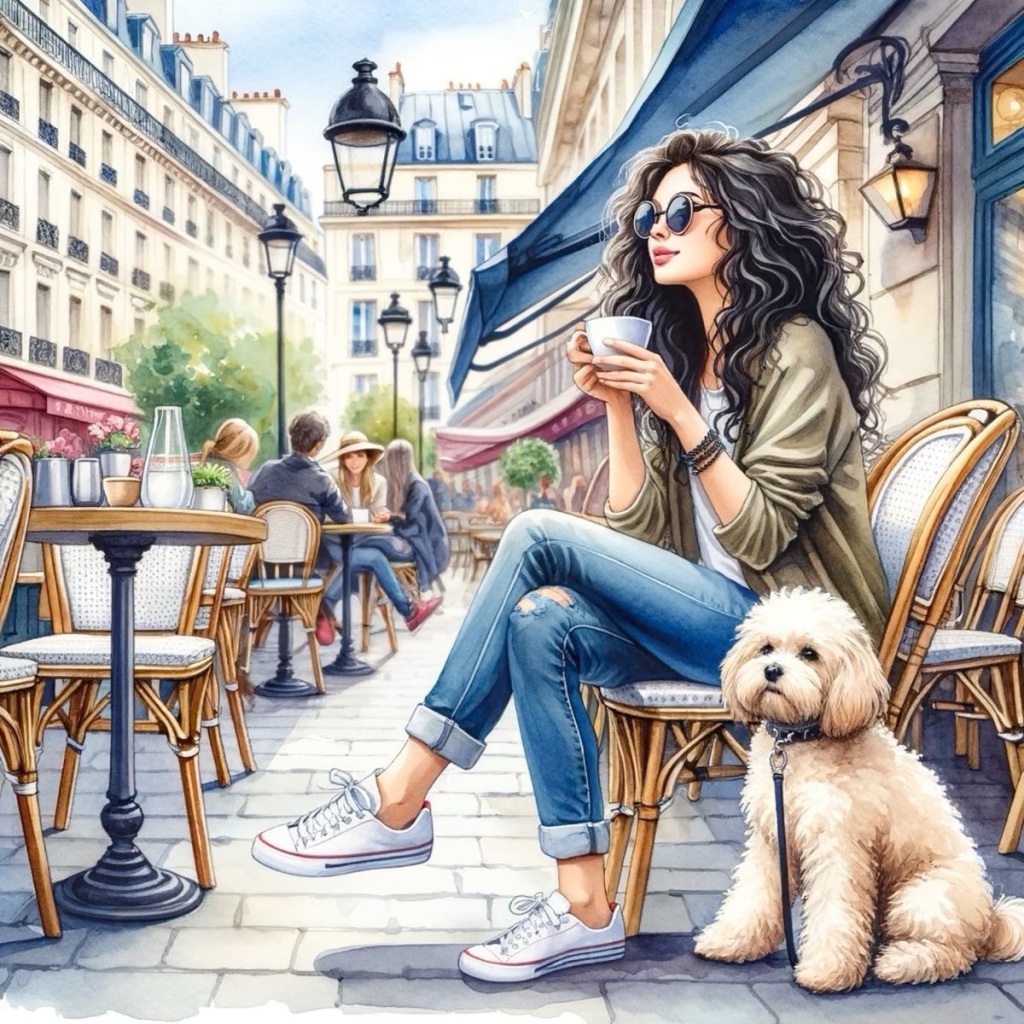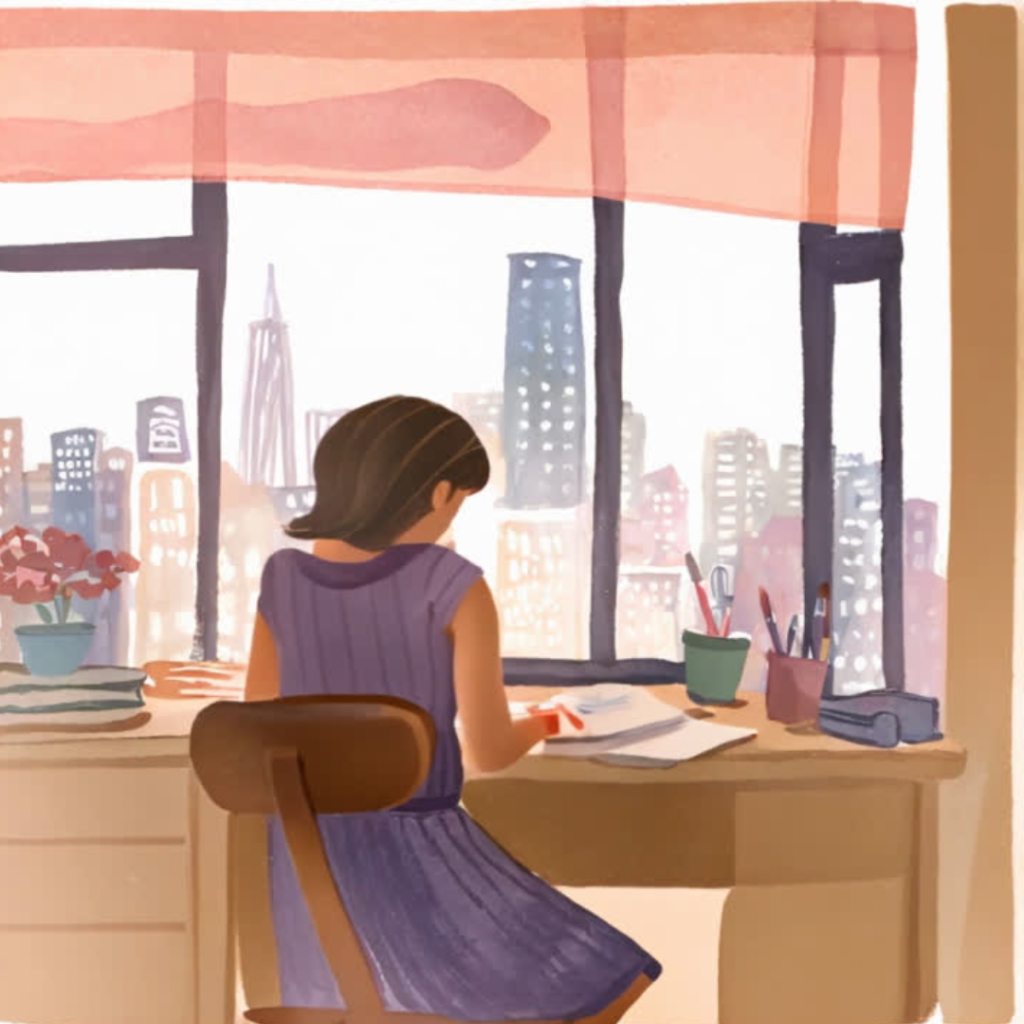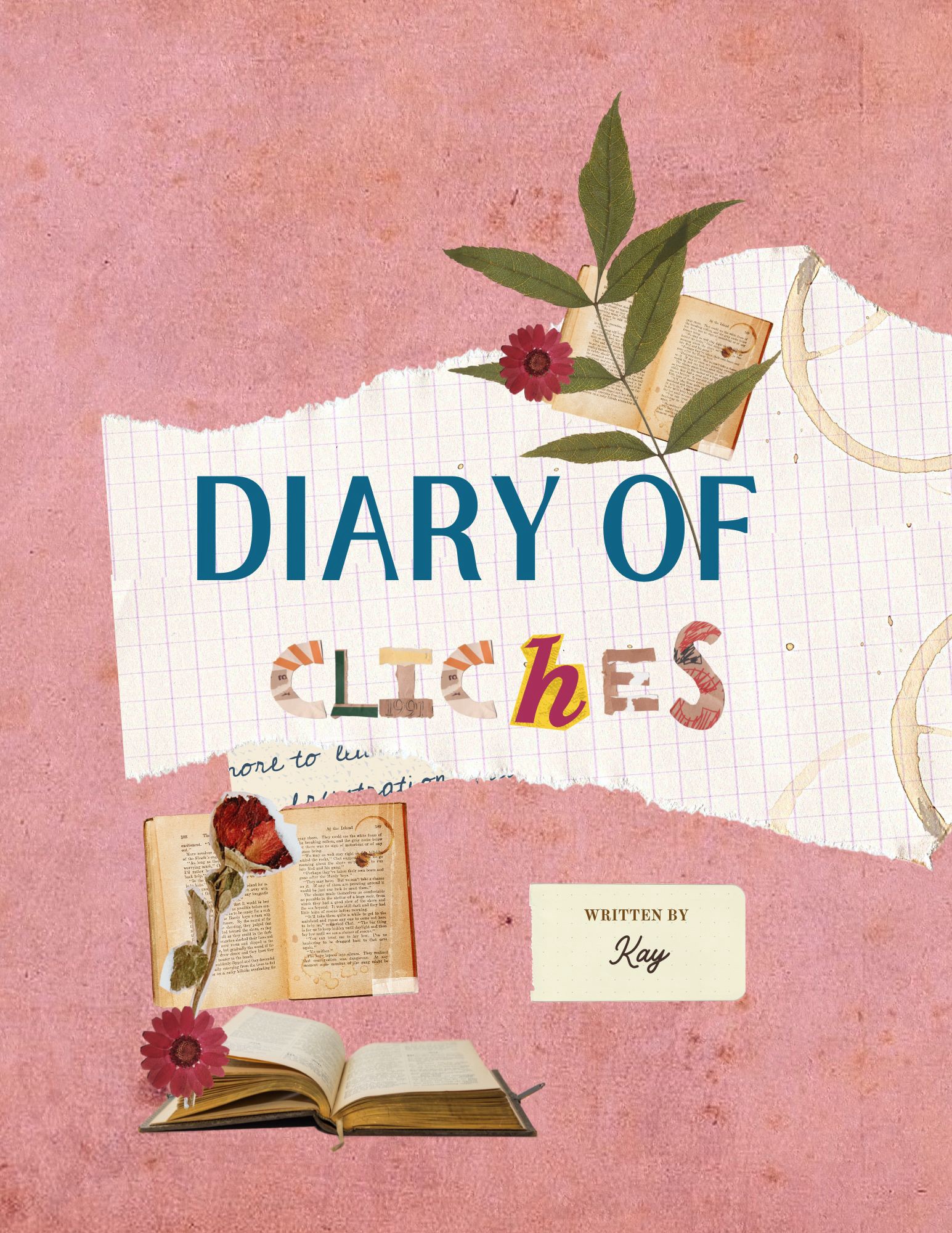Wait was I suppose to not respond? Did I loose my air of mystery?

Indeed, not responding creates an aura of mystery—an enigmatic allure that draws others closer, enticing them to unravel the secrets hidden within the silent depths of the soul. Like a veiled dancer whose every movement hints at a story untold, the art of not responding invites speculation, imagination, and curiosity, weaving a tapestry of intrigue that captivates the mind and stirs the heart.
In the realm of human relationships, the allure of mystery is undeniable. It is the tantalizing prospect of the unknown—the unanswered question, the unspoken desire—that sparks the flames of passion and keeps the fires of love burning bright. By withholding a response, one invites the other to delve deeper, to explore the uncharted territories of the heart, and to discover the hidden truths that lie beneath the surface.
But mystery is not merely a tool of seduction; it is also a source of inspiration and creativity. In the silence of the unknown, artists find their muse, writers find their voice, and dreamers find the courage to imagine worlds beyond the boundaries of reality. By leaving space for interpretation and imagination, the art of not responding opens the door to infinite possibilities, inviting others to join in the dance of creation and exploration.
Moreover, the allure of mystery extends beyond the realm of romance and creativity; it permeates every aspect of human experience, from the mundane to the sublime. In the face of adversity, the art of not responding can be a shield against despair—a steadfast refusal to be defined by circumstance or expectation. By embracing the unknown with courage and grace, one transcends the limitations of the ego and discovers the boundless potential of the human spirit.
In the scheme of existence, mystery is the thread that binds us all together—the invisible force that connects the seen and the unseen, the known and the unknown. It is the spark of divinity that resides within each of us, waiting to be kindled into flame by the transformative power of silence and introspection.
“The art of not responding” is a subtle yet powerful skill that has been honed over centuries by individuals seeking to navigate social interactions with finesse and grace. In a world inundated with constant communication channels, knowing when to withhold a response can be just as important as knowing when to speak.
At its core, the art of not responding is about exercising restraint and discernment. It involves the deliberate choice to refrain from engaging in certain conversations or interactions, whether to maintain personal boundaries, preserve dignity, or convey a message indirectly. In some cases, not responding can be a form of self-protection, shielding oneself from unnecessary conflict or emotional turmoil.
In interpersonal relationships, knowing when not to respond can be a delicate dance of diplomacy. It requires a keen understanding of social dynamics and the ability to discern when silence speaks louder than words. For example, in situations where emotions are running high, choosing not to react impulsively can prevent escalation and allow for cooler heads to prevail. Likewise, in instances of provocation or manipulation, refusing to take the bait can disarm the aggressor and maintain one’s composure.
In the realm of communication, the art of not responding can also be a strategic tool for conveying meaning or exerting influence. Silence can be pregnant with significance, inviting others to read between the lines and interpret the unspoken message. By withholding a response, one can imply disapproval, indifference, or even consent, depending on the context. In negotiations, for instance, silence can be a powerful tactic, signaling that one is considering an offer or holding out for a better deal.
However, it is important to recognize that the art of not responding is not synonymous with avoidance or passive-aggression. While there are certainly times when silence is the most appropriate response, there are also occasions when it can be perceived as rude or dismissive. Effective communication requires a delicate balance between speaking and listening, knowing when to assert oneself and when to yield the floor.
Moreover, the art of not responding is not about suppressing one’s thoughts or emotions but rather about choosing the most appropriate means of expression. There are times when silence can be more eloquent than words, conveying depth of feeling or moral conviction that words alone cannot capture. Conversely, there are times when speaking up is necessary to defend one’s values or advocate for justice.
The art of not responding is a nuanced skill that requires sensitivity, discernment, and self-awareness. By mastering this art form, individuals can navigate social interactions with grace and dignity, knowing when to speak and when to listen, when to assert themselves and when to yield, ultimately fostering deeper connections and mutual understanding in the process.
The practice of not responding extends beyond mere verbal exchanges; it encompasses various forms of communication, including nonverbal cues and digital interactions. In today’s hyperconnected world, where social media platforms and messaging apps facilitate instantaneous communication, the ability to exercise restraint and judiciously choose when not to respond is more crucial than ever.
In the realm of digital communication, the art of not responding can be particularly challenging due to the pressure to be constantly available and responsive. However, indiscriminate and immediate replies can sometimes lead to misunderstandings or exacerbate tensions. By taking the time to pause and consider the most appropriate response—or whether a response is necessary at all—one can avoid unnecessary conflicts and foster more meaningful connections.
Furthermore, in the age of information overload, not responding can also be a form of self-preservation. With a deluge of emails, notifications, and messages vying for our attention, learning to prioritize and filter out non-essential communication is essential for maintaining focus and mental well-being. Setting boundaries and selectively choosing which conversations to engage in can help prevent burnout and overwhelm.
The art of not responding also intersects with the concept of mindfulness, the practice of being fully present and aware of one’s thoughts, feelings, and surroundings. By cultivating mindfulness, individuals can develop greater clarity and discernment, allowing them to respond thoughtfully rather than react impulsively. This mindful approach to communication can lead to more authentic and meaningful interactions, grounded in empathy and understanding.
Moreover, the art of not responding can be a form of empowerment, particularly for marginalized or disenfranchised individuals. In situations where they may face discrimination or hostility, choosing not to dignify certain remarks or behaviors with a response can be an act of self-affirmation and resistance. By refusing to engage with negativity or hate, individuals can reclaim their agency and maintain their dignity in the face of adversity.
Ultimately, the art of not responding is a multifaceted skill that requires practice, patience, and self-awareness. It is about recognizing the power of silence and restraint in communication, knowing when to speak and when to listen, when to assert oneself and when to exercise humility. By mastering this art form, individuals can navigate social interactions with grace and integrity, fostering deeper connections and promoting mutual respect in the process.


Leave a comment